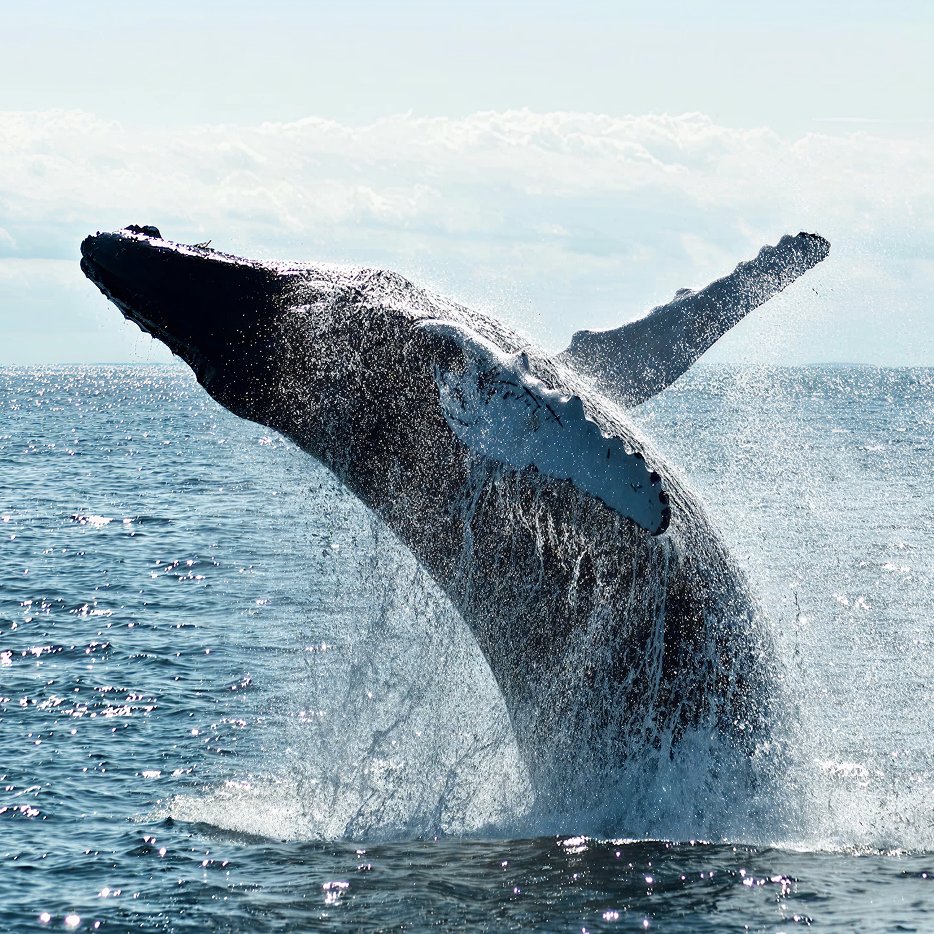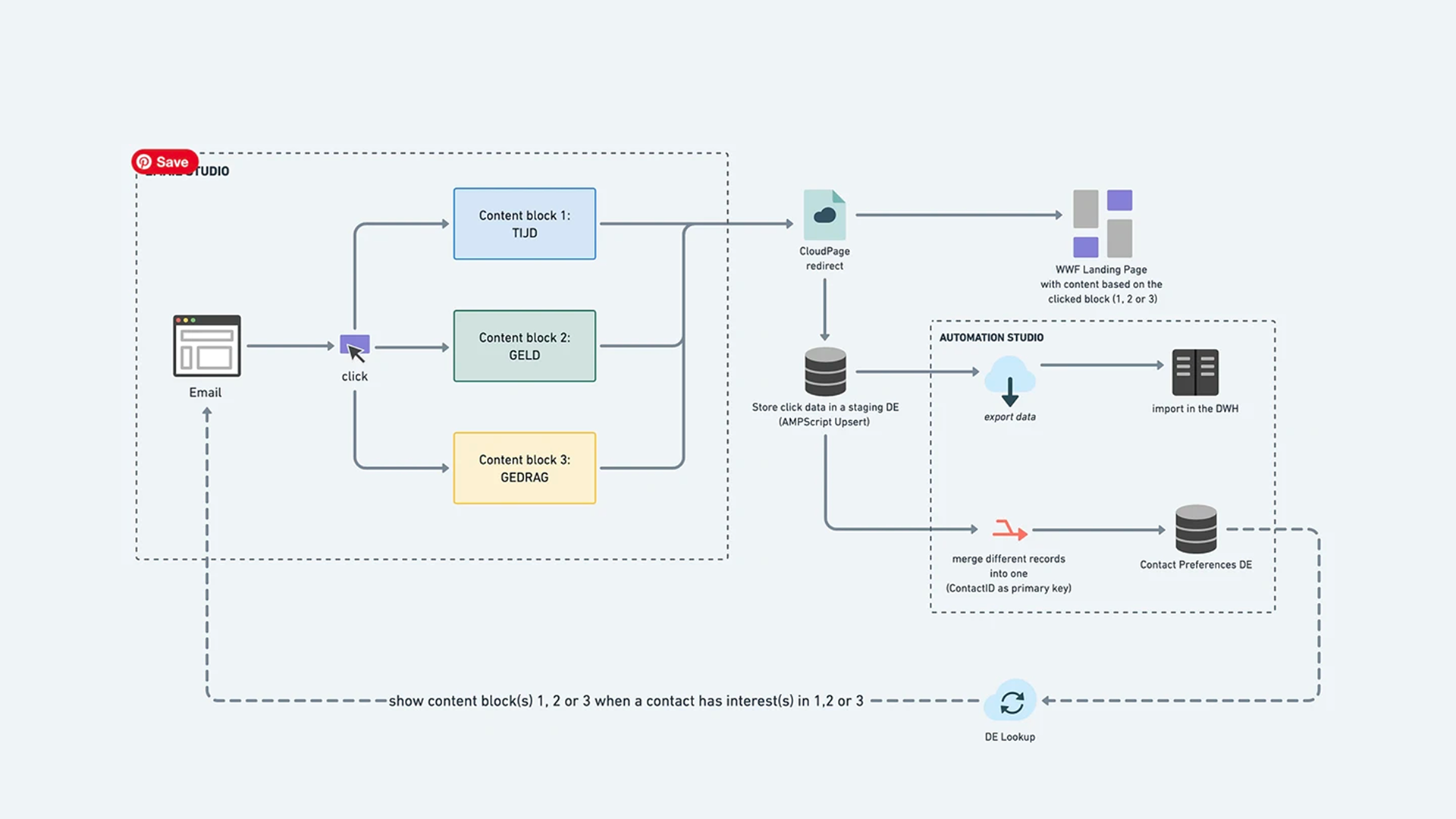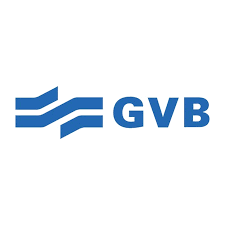
WWF
WWF
How World Wildlife Fund engaged more subscribers and generated more donations
Many wild animals and vital ecosystems face pressure from deforestation, climate change, pollution, poaching and habitat loss. WWF works on two fronts: raise awareness and raise funds for conservation. In December 2019 the team asked Assist Digital to help make email communications more personal and more effective. The goal was clear: build a more loyal, engaged community and lift both the average donation and the frequency of giving.
- Strategy
- Salesforce
- CRM & Automation
- Operations
- Client
- WWF
- Industry
- Public sector & NGO
- Read time
- 3

The Challenge
WWF’s email programme was active but under‑powered. The marketing cloud set‑up left little room for personalisation, and there was limited insight into how people felt about the messages they received or which topics moved them to act. Without that feedback loop, content risked being broad when it needed to be precise. By mid‑2020 we set out to change that with a practical plan: new welcome journeys, refreshed email design and a marketing cloud strategy underpinned by a digital maturity roadmap. Automation would handle the routine steps, reducing the chance of human error.
Our approach
Working with Head of Digital Paul Zevenboom, email specialist Lonieke Schepers and the wider digital team, we ran strategic sessions to map the gap between WWF’s goals and the way Salesforce was configured. Two needs stood out. First, WWF lacked a reliable way to read sentiment from subscribers and donors. Second, interest data was thin, so it was hard to tailor content to what people cared about most. We addressed both while strengthening the foundations of the programme.


Sentiment Analysis
We introduced a simple, universal feedback pattern to every email and built a dashboard that scores responses from −10 to +10. This gave WWF a live view of how each message landed by audience and topic. The scale is easy to read at a glance, but rich enough to guide change. When sentiment dips, teams can see it quickly and adjust subject lines, framing or follow‑ups. Crucially, negative comments no longer disappear into an inbox. They route to customer care for timely, personal responses. That closes the loop with supporters and lifts the quality of service around the programme.
Interest tracking
Next we added interest tracking. Each content element image, link, story or action carries tags for topics such as deforestation, species, regions or policy. As people click and read, profiles are enriched automatically. Over time this reveals what resonates and which formats perform best for different groups. WWF now uses that insight to shape content plans, write sharper subject lines and serve emails that feel more relevant to each person. The result is practical personalisation driven by behaviour, not assumptions.

Welcome Journeys
The first days matter. We redesigned the welcome experience to suit different subscriber groups, not only financial supporters. The opening email includes a short, optional survey that asks what matters most: getting involved locally, influencing government policy or encouraging others to change their behaviour. The answers steer the next emails in the warm welcome, so new subscribers see stories and actions that match their motivations. The tone is friendly and clear, and the paths to donate, volunteer or learn more are easy to follow.
A Numbers and statistics list containing 2 items
-
59.5%
Open rate
The open rate of the warm welcome campaigns went up to
-
21.8%
CTR Increase
The click-through rate of warm welcome emails increased to
A programme built for learning
Alongside the journeys and tagging we refreshed templates, tightened data flows and automated routine tasks. Content teams now work with components that are accessible, on‑brand and quick to assemble. Data moves cleanly between Marketing Cloud and other systems, so reporting is consistent and tests are easier to run. The digital maturity roadmap sets near‑term improvements and longer‑term goals, so the programme grows in capability while staying focused on what helps supporters and conservation projects most.
Results
The changes made a visible difference. Emails became easier to read and more relevant, which lifted engagement and reduced the noise for supporters who prefer fewer, better messages. Sentiment scores gave the team confidence to adjust quickly when a message missed the mark, and to reinforce what worked when it landed well. Interest tags turned preference into action: tailored content encouraged more clicks, more return visits and, over time, more donations aligned to what people care about.
Automation reduced manual steps and the errors that come with them. Welcome journeys ran reliably, data stayed in sync, and reporting became simpler for the team and clearer for stakeholders. By mid‑2020 WWF had a more personal programme in place and the foundations to keep improving: engaged subscribers, stronger conversion and a steadier flow of donations to the projects that need them.
WWF’s email programme is now built to listen as well as to speak. That is the point of the work: respect supporters’ time, reflect their interests and make it easy to turn concern for nature into meaningful action.
Want to collaborate?
Discover how to transform your company with a human-centered approach and enhance the value of your customers' experience on a large scale.



